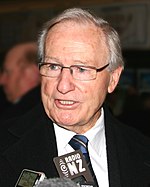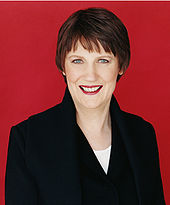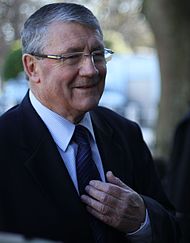1996 New Zealand general election
|
|
|||||||||||||||||||||||||||||||||||||||||||||||||||||||||||||||||||||||||||||||||||||||||||||||||||||
|---|---|---|---|---|---|---|---|---|---|---|---|---|---|---|---|---|---|---|---|---|---|---|---|---|---|---|---|---|---|---|---|---|---|---|---|---|---|---|---|---|---|---|---|---|---|---|---|---|---|---|---|---|---|---|---|---|---|---|---|---|---|---|---|---|---|---|---|---|---|---|---|---|---|---|---|---|---|---|---|---|---|---|---|---|---|---|---|---|---|---|---|---|---|---|---|---|---|---|---|---|---|
|
|||||||||||||||||||||||||||||||||||||||||||||||||||||||||||||||||||||||||||||||||||||||||||||||||||||
|
|
|||||||||||||||||||||||||||||||||||||||||||||||||||||||||||||||||||||||||||||||||||||||||||||||||||||
|
All 120 seats in the House of Representatives 61 seats were needed for a majority |
|||||||||||||||||||||||||||||||||||||||||||||||||||||||||||||||||||||||||||||||||||||||||||||||||||||
| Turnout | 2,135,175 (88.28%) |
||||||||||||||||||||||||||||||||||||||||||||||||||||||||||||||||||||||||||||||||||||||||||||||||||||
|
|||||||||||||||||||||||||||||||||||||||||||||||||||||||||||||||||||||||||||||||||||||||||||||||||||||
|
|||||||||||||||||||||||||||||||||||||||||||||||||||||||||||||||||||||||||||||||||||||||||||||||||||||
The 1996 New Zealand general election was held on 12 October 1996 to determine the composition of the 45th New Zealand Parliament. It was notable for being the first election to be held under the new mixed-member proportional (MMP) electoral system, and produced a parliament considerably more diverse than previous elections. It saw the National Party, led by Jim Bolger, retain its position in government, but only after protracted negotiations with the smaller New Zealand First party to form a coalition. New Zealand First's position as "kingmaker", able to place either of the two major parties into government, was a significant election outcome.
In the 1993 election, the National Party and the Labour Party had won 50 and 45 seats, respectively. The Alliance and the New Zealand First party had each won two seats. In the approach to MMP, however, there had been considerable rearrangement in parliament, with three new parties being established. As such, the situation just before the 1996 election was markedly different from the situation that had been established at the 1993 election.
The 1996 election was notable for the significant change of electorate boundaries, based on the provisions of the Electoral Act 1993. Because of the introduction of the MMP electoral system, the number of electorates had to be reduced, leading to significant changes. Many electorates were abolished, with their territories being incorporated into completely new electoral districts. More than half of the electorates contested in 1996 were newly constituted, and most of the remainder had seen significant boundary changes. Wanganui was renamed as Whanganui. In total, 73 electorates were abolished, 29 electorates were newly created, and 10 electorates were recreated, giving a net loss of 34 electorates.
...
Wikipedia






